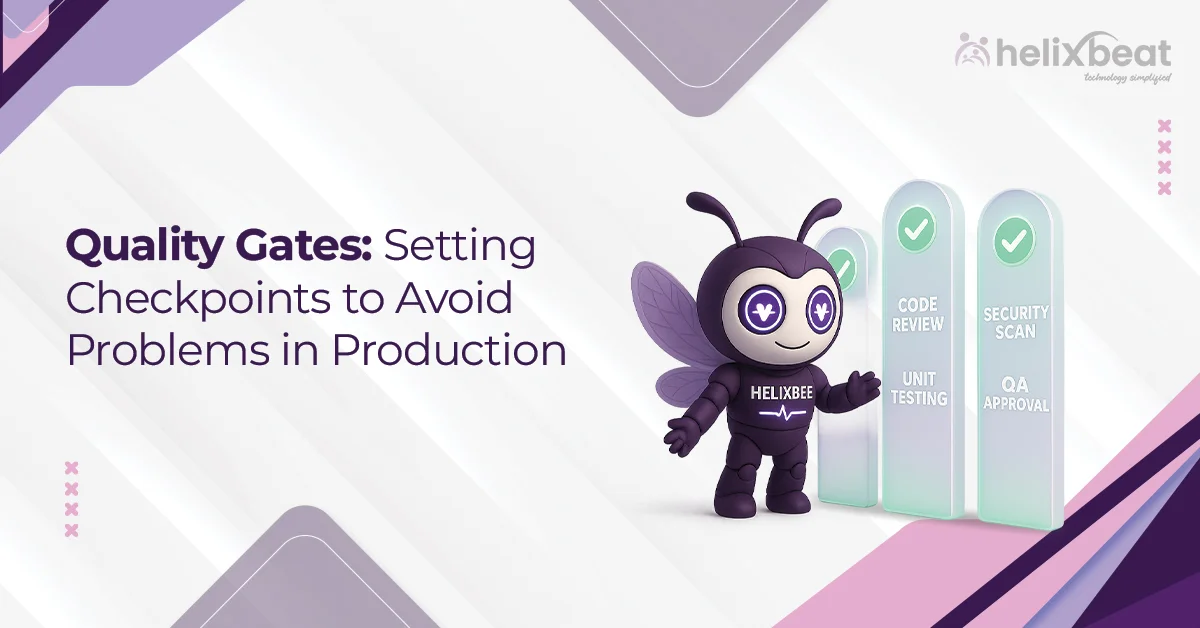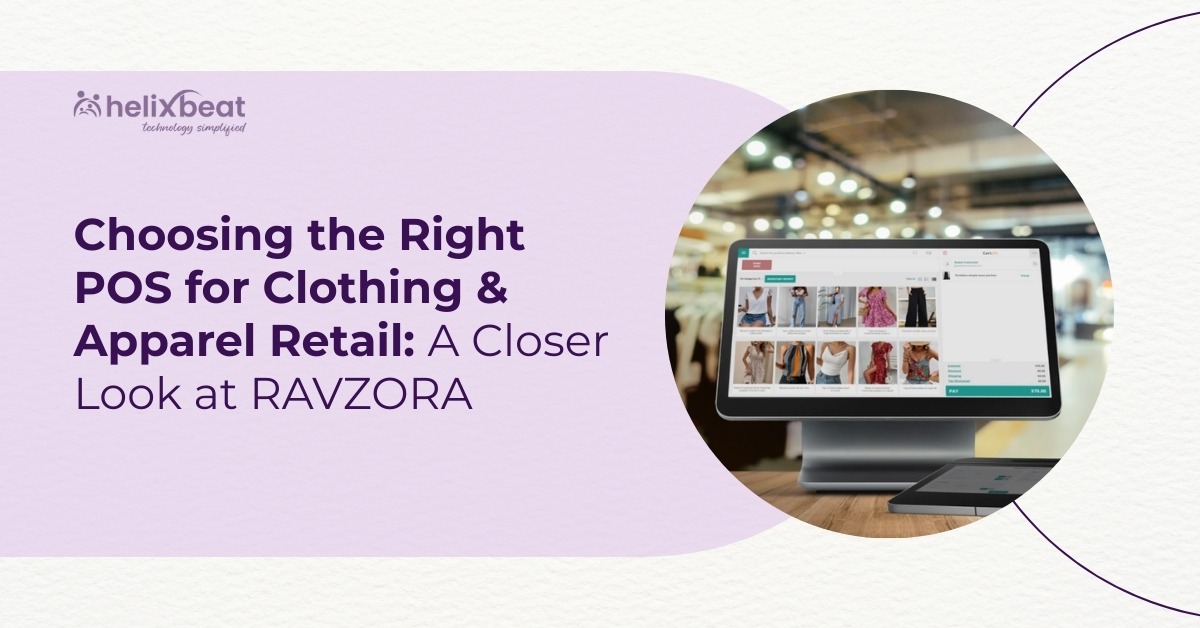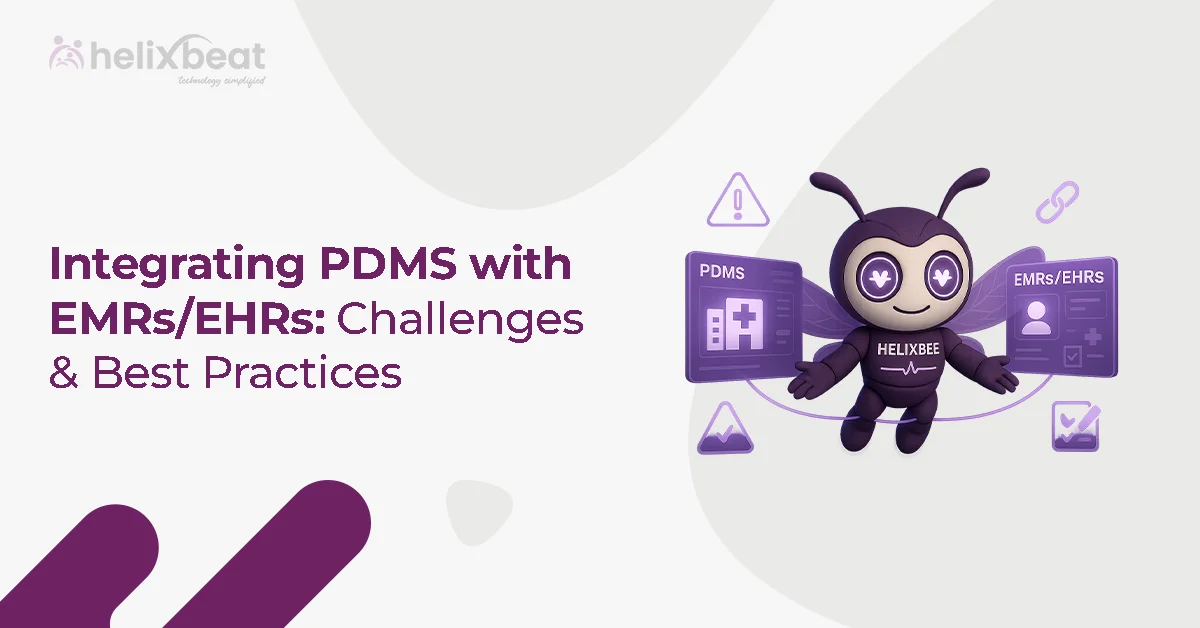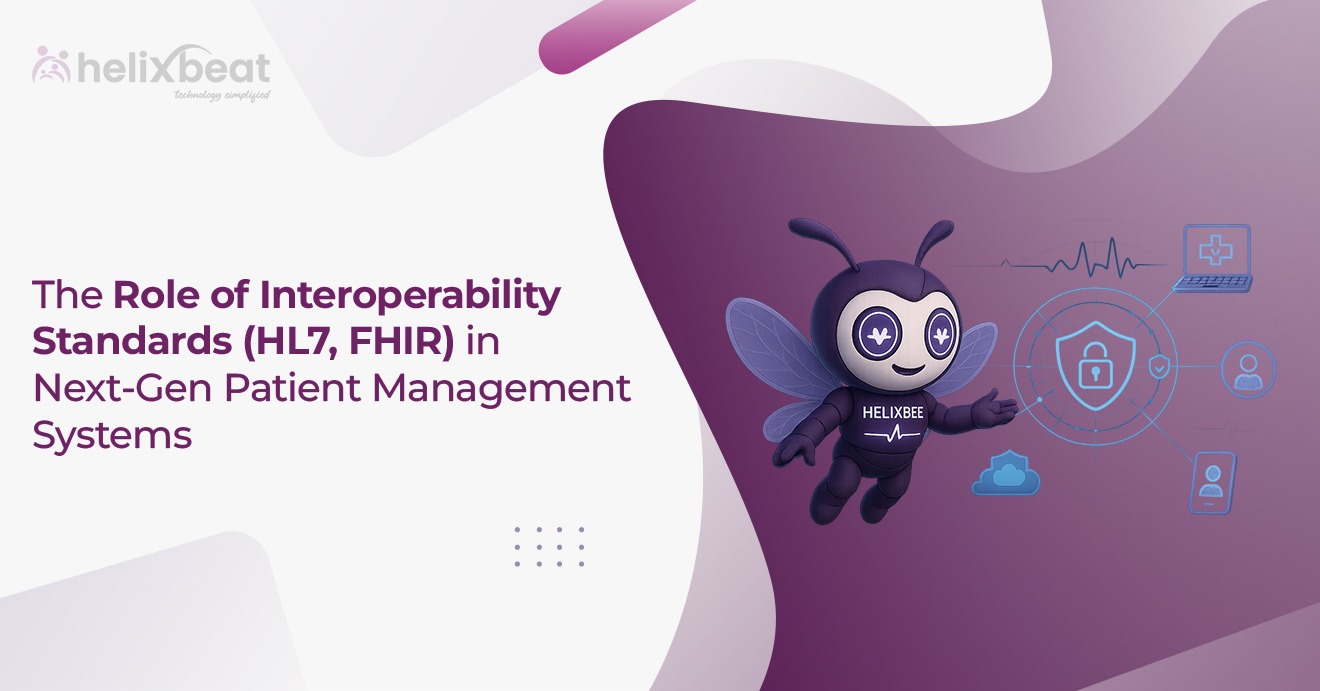As healthcare provider, we’ve seen firsthand how billing confusion can strain the relationship between patients and care teams. Every day, we treat individuals who trust us with their health, but when it comes time to settle their medical bills, that trust is often tested. Patients are overwhelmed by complicated invoices, unclear charges, and unexpected costs. It’s not just frustrating for them—it creates delays in payments, extra administrative work for us, and even impacts the overall care experience. That’s why we’ve embraced payment gateway integration as a vital part of our operations.
By simplifying the payment process and providing real-time visibility into charges, insurance coverage, and out-of-pocket costs, we’re improving financial transparency and rebuilding trust. With the support of advanced payment gateway integration services like Paynova, we’re not just delivering care—we’re delivering clarity, compassion, and convenience every step of the way.

Table of Contents
Understanding Payment Gateway Integration in Healthcare
Payment gateway integration is the process of connecting a secure digital payment system with a hospital’s or clinic’s existing software—such as Electronic Health Records (EHR) and Practice Management Systems (PMS). This allows healthcare providers to:
- Collect payments in real time
- Share billing breakdowns with patients instantly
- Offer multiple payment methods
- Manage recurring or partial payments
- Ensure security and compliance with HIPAA.
But more than just a convenience, payment gateway integration lays the foundation for billing transparency, where patients clearly understand what they are being charged, why, and how they can pay.
Why Billing Transparency Matters in Healthcare
Billing transparency is critical in the healthcare industry, where patients are often overwhelmed not just by their health conditions, but also by the complex, unclear billing processes that follow their treatment. One of the leading causes of delayed or missed payments is confusion over medical bills. According to industry reports, over 50% of patients admit they don’t fully understand their medical bills, often because they’re filled with codes, unclear descriptions, and unexpected charges.
On the provider side, 75% of healthcare professionals report that billing complexity is the main reason for delays in receiving payments. Patients, unsure about what they owe and why, frequently postpone payments, dispute charges, or abandon them altogether. This confusion contributes heavily to the growing issue of medical debt, which remains the number one cause of personal bankruptcy in the United States.
This is where payment gateway integration services offer a powerful solution. By integrating payment gateways into Electronic Health Records (EHRs) and Practice Management Systems (PMS), healthcare providers can offer real-time visibility into every aspect of the patient’s financial journey—from itemized charges and insurance adjustments to co-pays and out-of-pocket responsibilities.
Patients benefit from clear, timely invoices, digital payment options, and reminders, which reduce anxiety and improve trust. Providers, in turn, enjoy faster collections, fewer disputes, and a more efficient revenue cycle.
Ultimately, payment gateway integration is more than just a technology upgrade—it’s a necessary step toward empowering patients with clarity and control while helping healthcare organizations maintain financial stability in a system that has long suffered from a lack of billing transparency.
Take an example-
A patient recently underwent a routine outpatient procedure, feeling confident about the care received. But weeks later, a bill arrived filled with complex medical codes, vague charges, and no clear explanation of what insurance had covered or what needed to be paid out-of-pocket. The total? Over $1,200—with an unexplained $300 “facility fee.”
Attempts to clarify the charges led to long phone calls, endless hold times, and frustrating transfers between departments. No one could provide a straightforward breakdown. Confused and overwhelmed, the patient decided to hold off on making any payments—not because of unwillingness, but due to a complete lack of clarity.
This scenario is far too common. When patients can’t understand their bills, it leads to delayed payments, financial anxiety, and a breakdown in trust between them and healthcare providers. Transparent billing isn’t just a nice-to-have—it’s essential for a smoother, more compassionate healthcare experience.
How PayNova Delivers Billing Transparency
Enter PayNova, a healthcare-first platform redefining how payment systems work in clinics, hospitals, and telehealth setups. Let’s explore how PayNova’s payment gateway integration brings real, measurable billing transparency.
1. Real-Time Insurance Breakdown
When a patient completes a visit, PayNova’s payment gateway integration instantly calculates the charges and applies insurance adjustments in real time. Patients no longer wait weeks to see their balance—they know immediately:
Example: After the patient’s appointment, PayNova’s integrated gateway processed the claim, updated the deductible, and generated a digital invoice on her phone—all before she left the clinic.
2. Transparent Cost Estimation Before Treatment
Using payment gateway integration services, PayNova allows providers to offer cost estimates before treatment. This includes insurance coverage details, co-pays, and projected out-of-pocket expenses.
Example: A patient scheduled for an MRI receives a notification from PayNova with an estimated cost, breakdown of insurance share, and available payment plans.
3. Multiple Payment Options
Transparency is not just about seeing costs, but also about handling them effectively. PayNova supports credit/debit cards, HSA accounts, ACH transfers, and even mobile wallets. Patients can also set up recurring payments or opt for payment plans—all within the same dashboard.
This seamless payment gateway integration improves billing transparency by giving patients control over how they pay, reducing stress and improving satisfaction.
4. Patient Portals with Clear Invoices
A major pain point in healthcare billing is hard-to-read invoices. With PayNova’s payment gateway integration, patients access a user-friendly portal with:
- Itemized invoices
- Explanation of Benefits (EOB)
- Real-time payment updates
- Receipts and tax summaries
This empowers patients to stay informed, engaged, and proactive.
5. Automated Reminders and Payment Tracking
Missed payments often occur because patients forget or misunderstand due dates. PayNova uses payment gateway integration services to send automated reminders with full invoice previews. Patients can click a link, review the charges, and pay in seconds.
6. Integrated Claims and Payment Reconciliation
One of the biggest challenges in healthcare billing is the disconnection between claims processing and patient payments. PayNova bridges this gap by integrating insurance claims data directly into the billing dashboard. As claims are processed and adjusted by the insurer, PayNova’s payment gateway integration updates the patient’s invoice in real-time—automatically applying co-insurance, deductibles, or coverage caps.
Example: A patient undergoing physical therapy sessions can track each session’s billed amount, insurance coverage, and their remaining balance—all in one unified interface. No more guessing what insurance covered or why a bill arrived late.
7. Data-Driven Insights for Providers
Billing transparency benefits patients and empowers providers. With PayNova’s payment gateway integration services, healthcare administrators can access analytics on patient payment behaviors, overdue invoices, most-used payment methods, and frequently disputed charges. This enables clinics to refine their billing strategies and identify where communication is failing.
Example: A clinic noticed high cancellation rates on payment plans. Using PayNova’s analytics, they discovered patients weren’t aware of installment options. They then added a prompt during appointment scheduling, which improved uptake and reduced late payments.
Broader Impact of Payment Gateway Integration
Let’s take a step back and understand the larger benefits of payment gateway integration in healthcare beyond PayNova’s model.
A. Reducing Administrative Work
Billing departments spend countless hours calling patients, correcting claims, and manually sending bills. With payment gateway integration, much of this is automated—saving time, reducing errors, and cutting operational costs.
B. Enhancing Compliance and Security
Handling payments in healthcare requires strict adherence to data privacy laws. With payment gateway integration services, systems like PayNova ensure end-to-end encryption, tokenization, and compliance with HIPAA.
C. Improving Cash Flow
When patients clearly understand what they owe and can pay instantly via integrated systems, providers receive payments faster. This improved cash flow helps providers reinvest in better equipment, staff, and services.
D. Supporting Telehealth and Remote Care
The rise of virtual care demands frictionless digital payment systems. Payment gateway integration bridges this gap by enabling secure, remote transactions for consultations, prescriptions, and more.
What Makes PayNova’s Integration Stand Out?
While many platforms offer payment gateway integration services, PayNova’s healthcare-first approach makes it uniquely positioned to lead in this space. Here’s why:
1. Built for Healthcare
Unlike generic payment platforms, PayNova is purpose-built for clinics, hospitals, and group practices. It understands the complexity of insurance, co-pays, and regulatory needs.
2. Customizable Dashboards
Providers can customize how invoices look, what reminders go out, and which payment plans are available—ensuring a consistent brand and experience.
3. Seamless EHR and PMS Integration
PayNova’s payment gateway integration connects easily with leading EHRs and PMS platforms, minimizing disruptions during onboarding and reducing IT overhead.
4. Detailed Analytics
Healthcare leaders can access real-time dashboards to track collections, identify bottlenecks, and improve revenue cycle management.
5. Focus on Patient Experience
From mobile-first design to language options and ADA compliance, PayNova keeps the patient’s experience at the heart of its system.
The Future of Payment Gateway Integration in Healthcare
As patients demand greater transparency, and providers seek more efficient billing systems, payment gateway integration will become non-negotiable. Platforms like PayNova are already leading this transformation by showing how digital payment tools can bring clarity, trust, and speed to one of the most frustrating parts of healthcare.
In the next 5 years, we can expect:
- Full adoption of integrated billing in hospitals
- AI-driven cost prediction models
- Voice-activated payments
- Real-time claim processing and approvals
All made possible through smart payment gateway integration services.
Conclusion
Billing transparency in healthcare is no longer a luxury—it’s a necessity. Patients need clarity, and providers need efficiency. Through advanced payment gateway integration, these goals are not only achievable but scalable across practices of all sizes.
PayNova stands out as a leader in this movement, providing secure, smart, and intuitive payment gateway integration services that empower patients and support providers. Whether it’s instant billing, real-time updates, or seamless payment options, PayNova’s payment gateway integration proves that technology can humanize healthcare finance.
Millions of patients deserve to know what they owe, why they owe it, and how they can pay—without the stress. Thanks to PayNova, that future is already here.
FAQs
- Why is transparency important in healthcare?
Transparency in healthcare is crucial for building trust between patients and providers. It ensures patients understand the cost of services, insurance coverage, and out-of-pocket expenses, leading to better decision-making and satisfaction.
- What is the maximum amount that an insurer will reimburse for a covered service or procedure?
The maximum amount an insurer will reimburse is typically defined in the patient’s insurance policy, known as the “benefit limit” or “coverage cap.” It may vary based on the type of procedure and the insurance plan.
- What is the lack of transparency in healthcare insurance?
Lack of transparency in healthcare insurance refers to unclear or complicated billing, hidden costs, and difficulty understanding what is covered by insurance. It leads to confusion, delayed payments, and frustration for patients.
- How do patient billing services ensure transparency and ethical practices in their billing procedures?
Patient billing services ensure transparency by providing itemized bills, offering clear explanations of charges, and keeping patients informed about insurance coverage and out-of-pocket costs. They also adhere to ethical practices by following regulations and communicating clearly with patients.
- What is lack of transparency in healthcare costs?
Lack of transparency in healthcare costs occurs when patients cannot easily access or understand the full costs of their treatments. This can lead to confusion, unexpected charges, and financial strain, undermining patient trust.
- How does payment gateway integration improve billing transparency in healthcare?
Payment gateway integration streamlines billing by providing real-time updates on charges, insurance adjustments, and out-of-pocket costs. It also offers multiple payment options, making it easier for patients to understand and pay their bills promptly.
- What role does insurance coverage play in healthcare billing transparency?
Insurance coverage plays a critical role by determining what is covered, how much will be paid, and what the patient owes. Clear communication of insurance benefits helps avoid confusion and ensures patients know their financial responsibilities upfront.
- How can healthcare providers ensure patients understand their medical bills?
Healthcare providers can ensure patients understand their bills by offering itemized invoices, clear explanations of charges, providing cost estimates before treatment, and using patient-friendly portals to track payments and insurance coverage.














